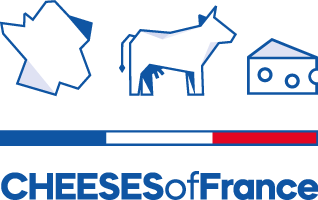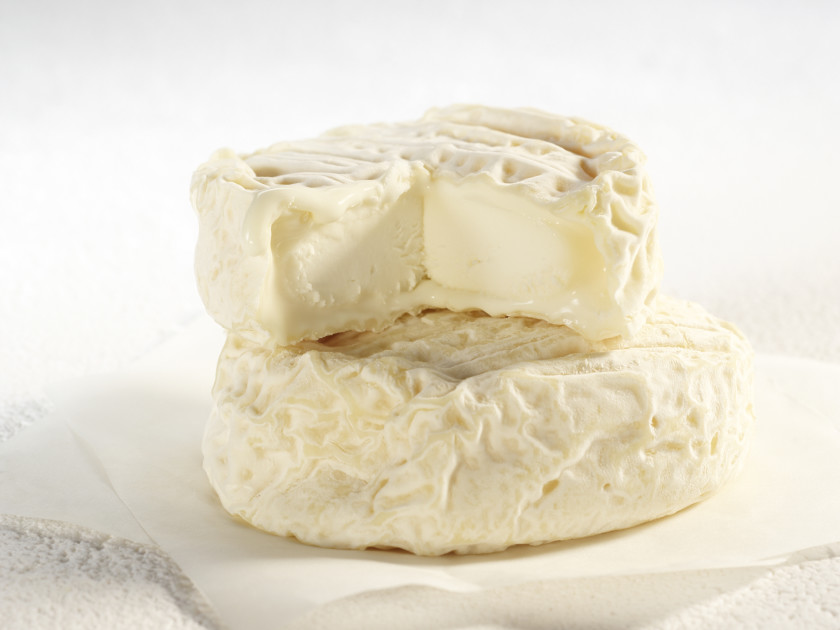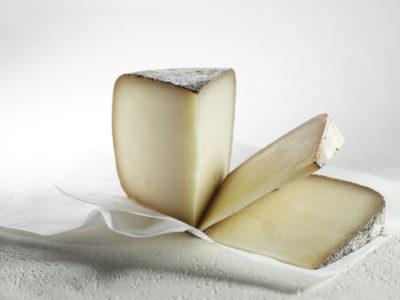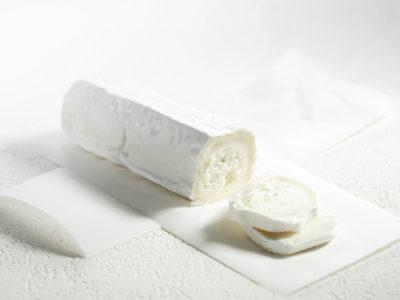Pélardon
“Goat and Ewe” cheesesPélardon is a small round cheese made from whole, raw goat’s milk. The cheese originated in the Cévennes, but its production area also stretches to the Montagne Noire and the Hautes Corbières, and includes the départements of Gard and Héraut.
From ancient times, according to Pliny the Elder, cheeses from the Languedoc were very appreciated by the Roman elite. The first written record of Pélardon can be traced back to Abbot Boissier in 1756. At the time, the cheese was called « Peraldou ». Other names would follow, including “Pélardon”, “Paraldon”, “Pélardou” and “Péraudou”.
This cheese obtained a registered designation of origin (AOC) in 2000 and a protected designation of origin (AOP) in 2001.
The appearance of Pélardon is very variable depending on its level of maturity. Its thin rind is first white, smooth and moist before wrinkling and becoming covered by a gray or blue veil. The paste is first white, smooth and firm before becoming creamy next to the rind or, to the contrary, drying out to the point of becoming brittle.
Health & nutrition
Flavours & sensory qualities
Its aroma is fresh when it is young, but its typically goaty aromas become pronounced during maturation. When the rind turns blue, mushroom aromas also appear. The flavor is tangy with a fine texture that melts in the mouth and a typically goaty, hazelnut flavor. The taste becomes more pronounced with maturity.
 繁體中文
繁體中文  简体中文
简体中文  한국어
한국어  Français
Français 




